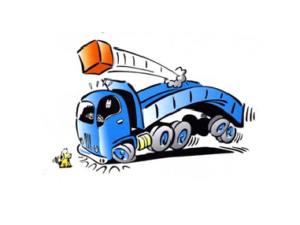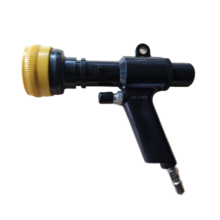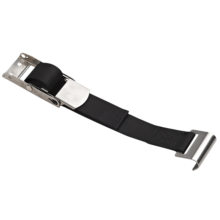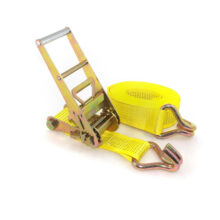Cargo Safety
Why carriers must pay sufficient attention to the load securing procedure and use only reliable materials and equipment?

weight destribution
Do you know that:
- up to 70% of trucks on the roads carry incorrectly or insufficiently secured loads?
- one in five road accidents involving a truck is a “loss of cargo accident”?
- accidents due to improper or inadequate securing of cargo bring multimillion-dollar losses?
- wrong or incorrect lashing equipment are main accident reasons?
- inability to count number and type of lashing equipment increase risks of cargo damage significantly?
Cargo safety
Only cargo that can be safely transported is loaded provided that a load securing plan is followed. Carriers must also ensure that the required equipment is properly used, including blocking bars, dunnage and stuffing materials, and anti-slip mats. With regard to cargo securing arrangements, several factors must be taken into account, including test methods, safety factors, friction factors, and accelerations.
The latter parameters are examined in detail in European Standard EN 12195-1. Securing arrangements must also comply with the Quick Lashing Guide as to prevent tipping and sliding during shipping. Cargo can be secured through blocking or positioning the goods to the walls, supports, stanchions, sideboards, or headboard. Void spaces must be kept to a minimum for store, concrete, steel, and other rigid or dense cargo types.
Our philosophy – Safety First!
We sell high quality lashing equipment.
Safe transportation!
Showing 1–12 of 13 results
-

Anti-slip mats made in Germany 3, 6, 8 mm
€125.00 – €130.00 excl. VAT -

Inflator Air Gun For Dunnage Bag
€40.00 excl. VAT -

Car Towing Strap with hooks 2500 daN 5 m
€15.00 excl. VAT -

Car Transport Ratchet Strap 35 mm
€15.00 excl. VAT -

Cargo Net 10×8 m
€655.00 – €790.00 excl. VAT -

Curtain side trailer straps
€4.75 excl. VAT -

Curtain side trailer straps buckle plate
€0.85 excl. VAT -
Sale!

ERGO Ratchet Strap 10-12m 2500daN (8pcs/carton)
€9.99 – €12.90 excl. VAT -

Heavy Weight Ratchet Strap 75 mm 10m 5000daN (4pcs/carton)
€35.00 excl. VAT -
Sale!

Long end strap 9.5-11.5m LC2500daN
€5.89 – €7.00 excl. VAT -
Sale!

Ratchet Strap Standard 8-12m 2500daN (10pcs/carton)
€6.75 – €8.00 excl. VAT -

Protection corner 130x95x95 mm black (100pcs/carton)
€0.45 excl. VAT

Recent Comments